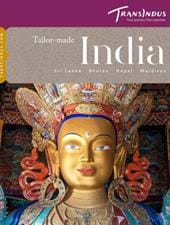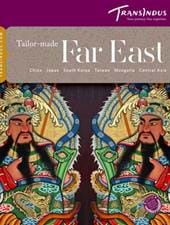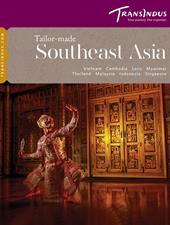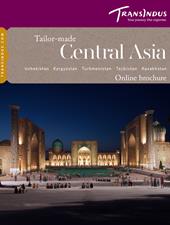Although their mouths flow into different oceans many thousands of miles apart, three of Asia greatest rivers – the Yangtze, Mekong and Salween – run close together for 200km in Yunnan, separated by huge mountains. The scale of the gorges they have created is hard to comprehend: all are over 3,000m deep (twice the depth of the Grand Canyon), and flanked by peaks approaching 7,000m (the height of the Andes).
Due to their relative isolation, these valleys have nurtured unique species of flora and fauna, many of which were unknown to the western world until the expeditions of the legendary plant hunter and explorer, Joseph Rock, in the 1920s. Yunnan snub-nosed monkeys and snow leopard are two of the species that survive amid the extensive birch, fir and rhododendron forests of the region, along with rare red pandas and the elusive takin.
Since the advent of air travel to Shangri-La (Zhongdian), Lijiang and Dali, reaching the Three Parallel Gorges area has been relatively straightforward. But to explore it in any depth, we recommend setting aside at least a week, travelling by car between our recommended lodges, and striking out on foot for day walks accompanied by an English-speaking guide. The incentive: the chance to experience one of the last unspoilt, and most scenic, corners of Asia, where mass tourism is unknown and traditional life still holds sway among the local Tibetan, Bai, Yi and Lisu minorities.








